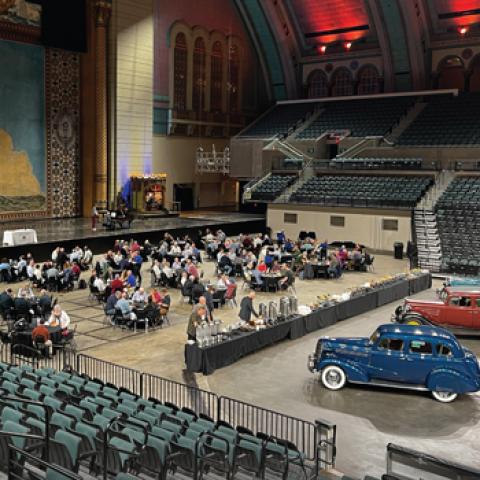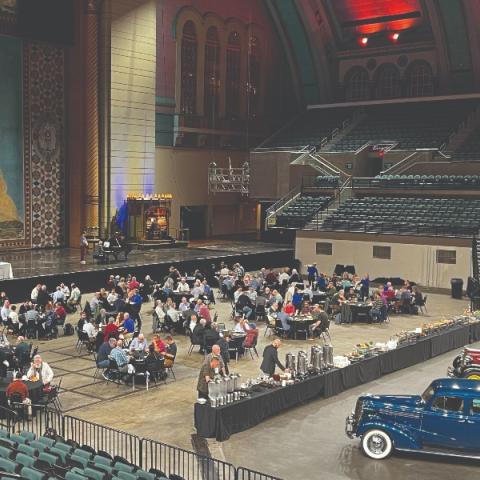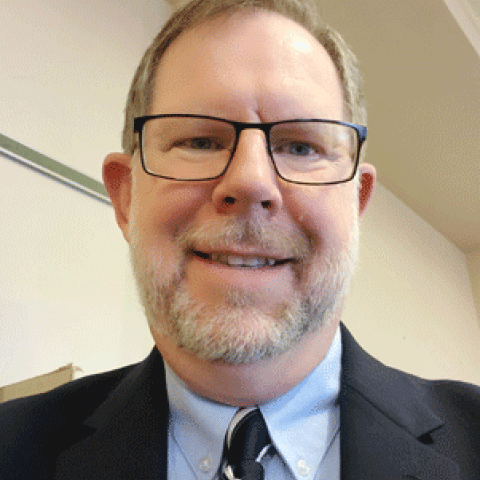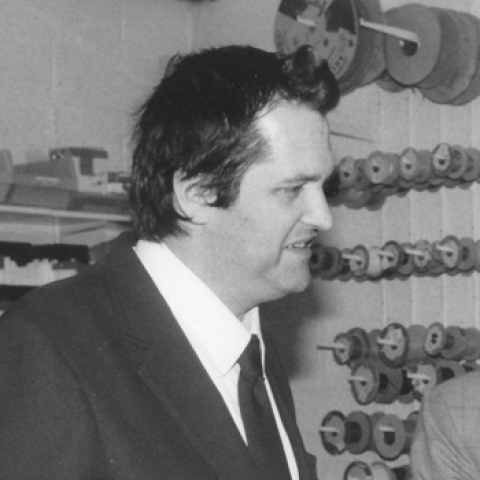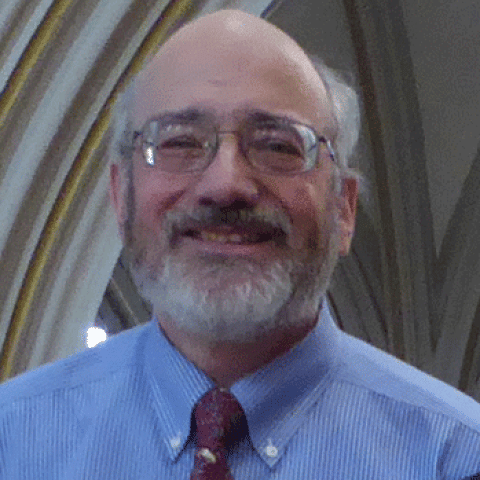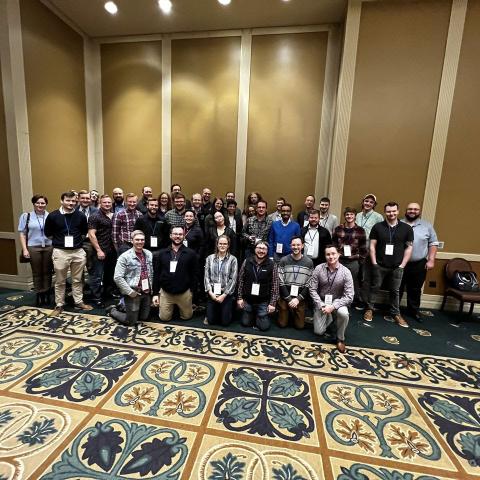September 2024 marks the fiftieth anniversary of the chartering of the American Institute of Organbuilders (AIO), a unique organization that has had a transformative effect on American organbuilding.
The “First North American Organbuilders’ Convention” took place in Washington, D.C., September 2–5, 1973. 110 people attended. The second convention, held in September 1974 in Dayton, Ohio, adopted a constitution and bylaws, signed by thirty-eight charter members, and elected a board of directors.
The stated purpose of the American Institute of Organbuilders was and still is: “To advance the science and practice of pipe organbuilding by discussion, inquiry, research, experiment, and other means; to disseminate knowledge regarding pipe organbuilding by such means as lectures, publications, and exchange of information; to establish an organized training program for organbuilders, leading to examinations and certifications of degree of proficiency.”
The AIO website (www.pipeorgan.org) has detailed information about the AIO, its activities, and a directory of its members for the public to view. There is also a members’ section, accessible by password, which contains PDF files of back issues of the Journal, the Organbuilder’s Reference Handbook, and the Online Technical Resource.
The AIO invests in outreach to attract and educate the next generation of American organbuilders and organists. Each year, convention scholarships are awarded to young aspiring organbuilders to encourage them to grow into the profession and the AIO.
The American Institute of Organbuilders anniversary celebration is featured in the September 2024 issue of The Diapason:
https://www.thediapason.com/content/cover-feature-american-institute-organbuilders-celebrates-50-years
For information: www.pipeorgan.org

